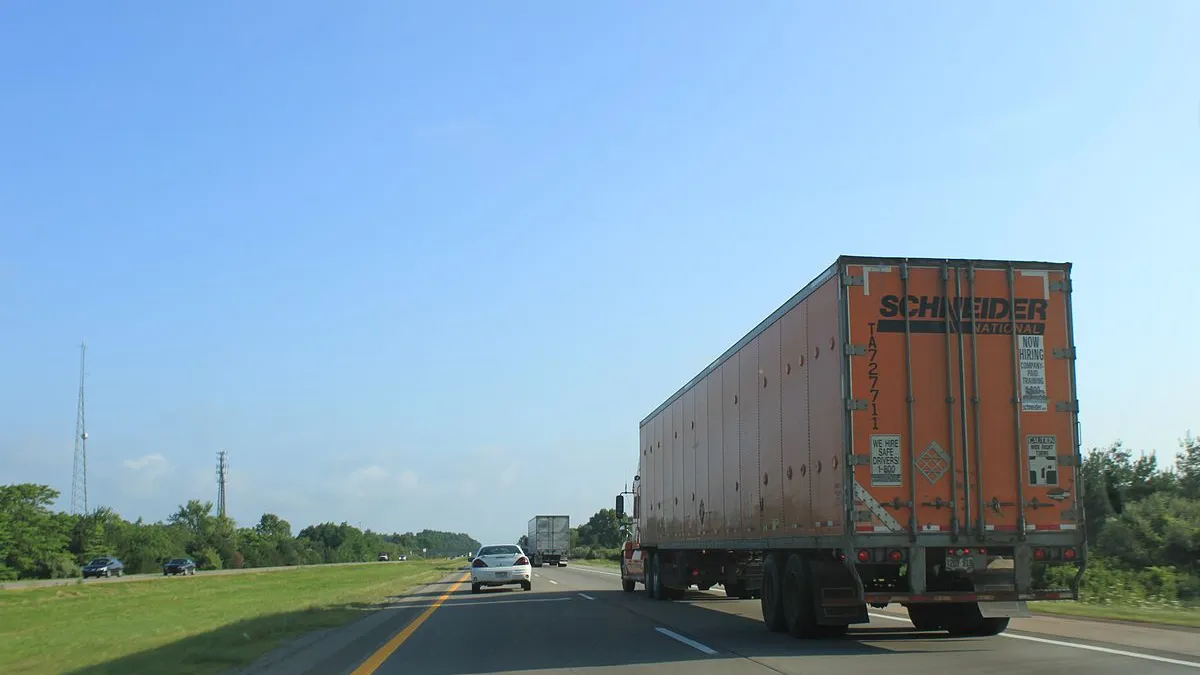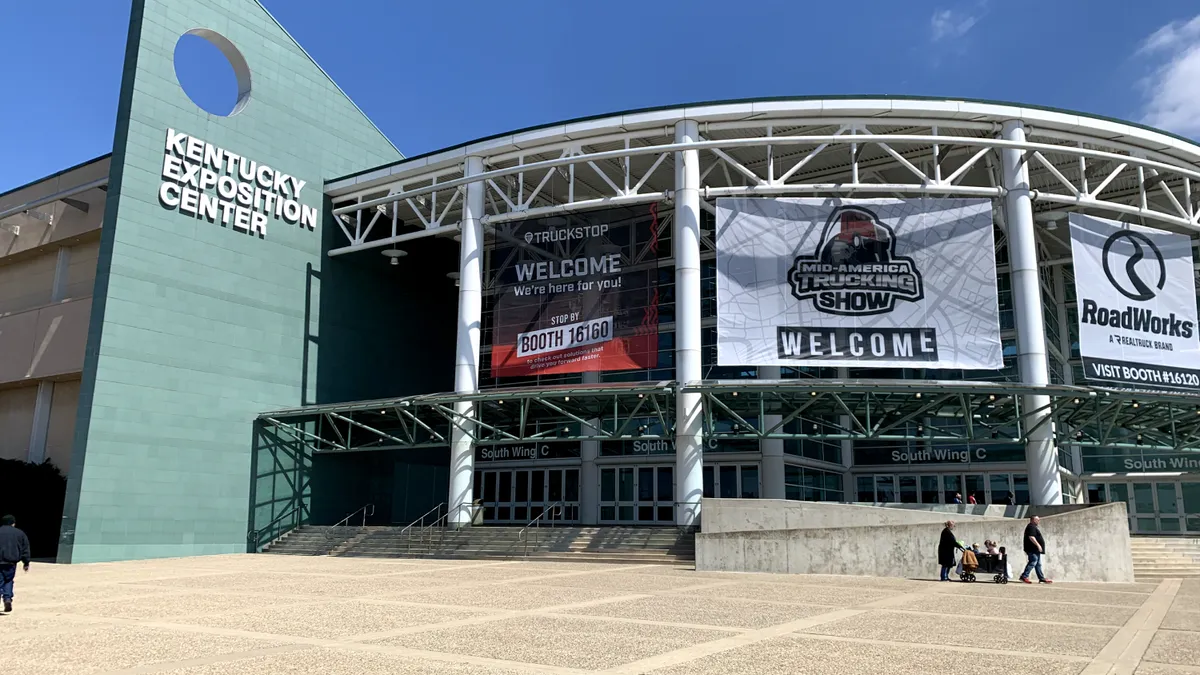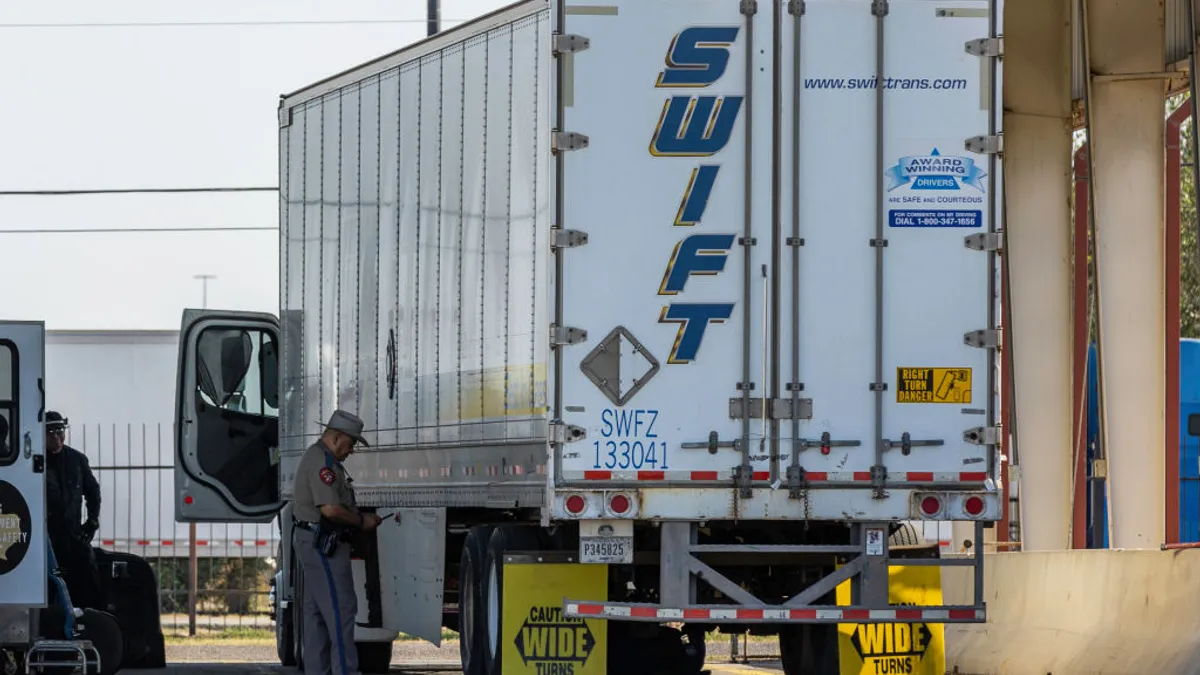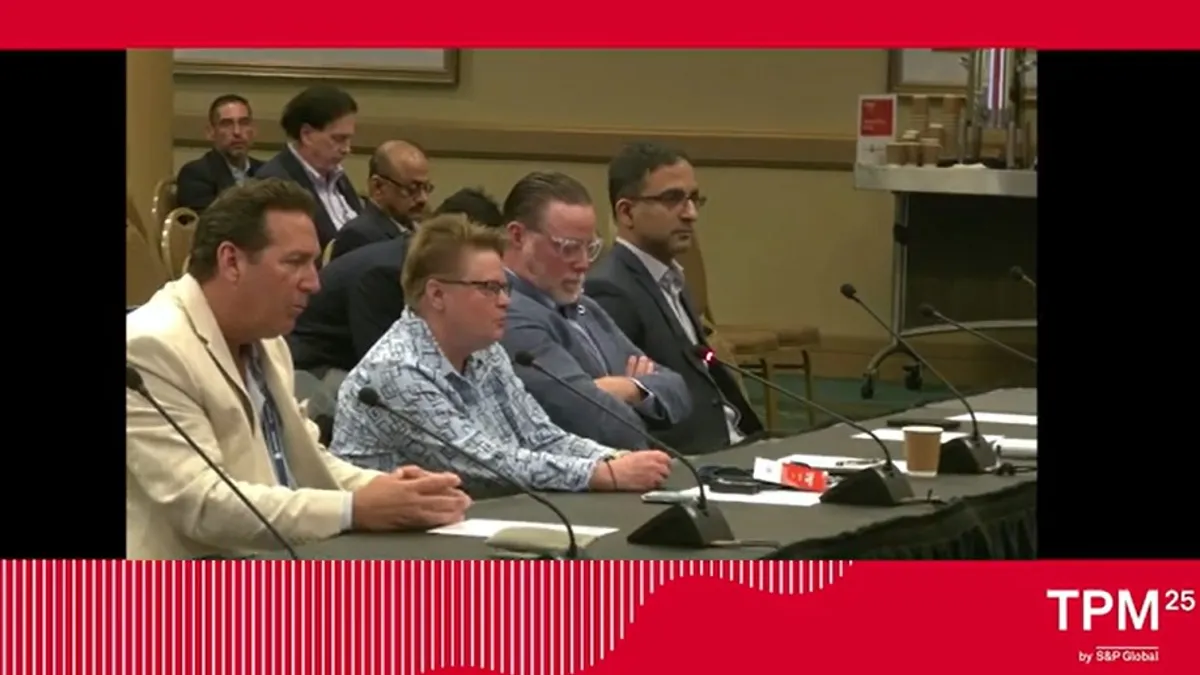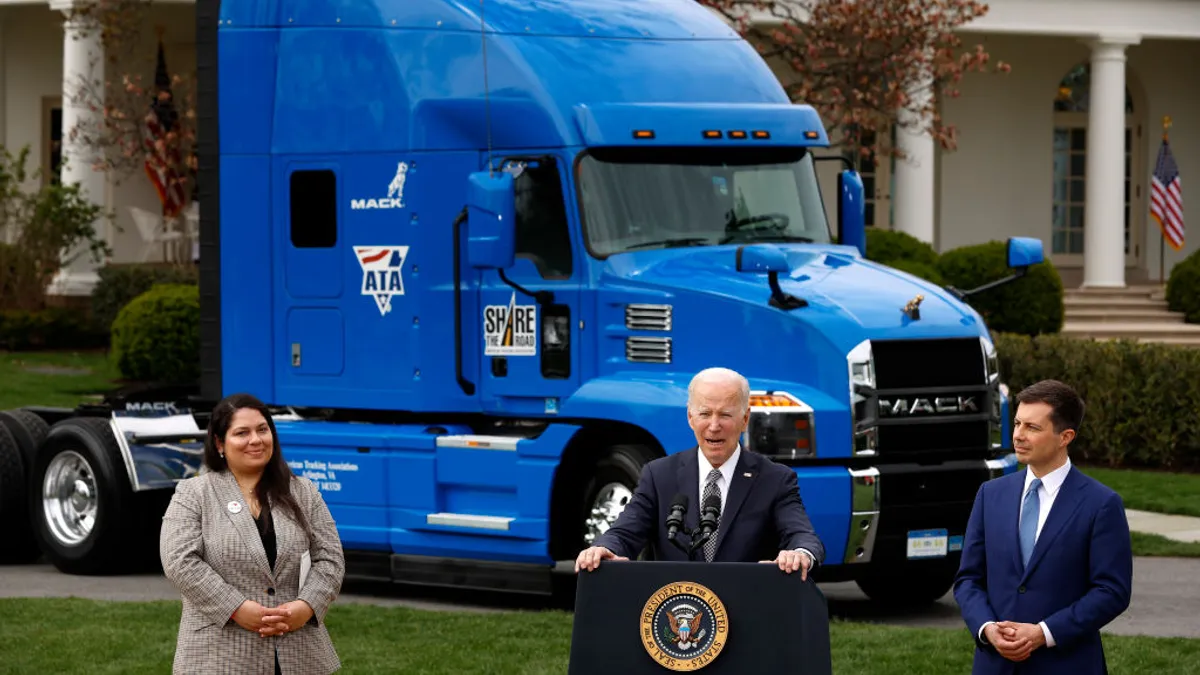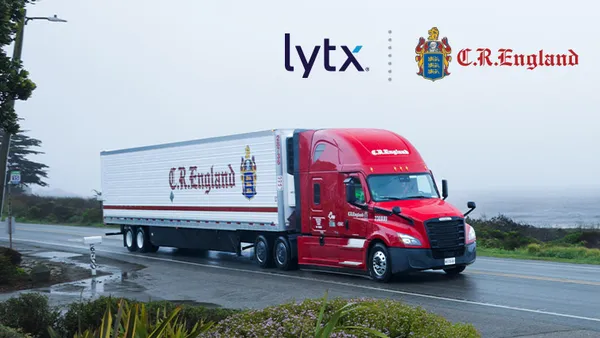When Roehl Transport announced in April that it was increasing pay, it stressed another benefit: more dedicated routes.
"[Dedicated lanes] are a big request from drivers," said Tim Norlin, Roehl Transport vice president of driver employment. "Drivers are finding us for those roles."
Carriers are faced with drivers' concerns about pay and time away from home, concerns which grew more acute during the pandemic. The steady schedules and certainty of hours make dedicated lanes attractive to drivers, many of whom are weary of spending weeks, and sometimes months, on the road.
The labor shortage, coming at a time of increased freight demand and a booming spot market, has caused fleets such as Roehl Transport to up pay and find other ways to lure drivers.
Norlin said Roehl Transport added more dedicated lanes, as well as "home daily" jobs, where the drivers stay within a 250-mile radius. The TL carrier, which operates in 48 states, also touts that 60% of its drivers are getting home by the week's end.
Plus, Roehl Transport said it would "add between $4,000 [to] $6,000 or more to most company drivers' annual pay." The company raised pay by up to $3,000 per year for accident-free drivers.
The driver pitch: freedom and home time
Not all drivers seek to avoid OTR. They often speak of the freedom the road brings them and the travel it allows. One week, OTR drivers can pass through the Rocky Mountains; the next week, they watch the leaves turn in Maine or Quebec.
Fleets have tried to blend the pitch of home time with noting the freedom and travel.
Schneider, in a May 10 post on its blog, pitched dedicated opportunities by noting the consistent pay is mixed with the "variety and adventure of [the] Over-the-Road driver."
Dedicated drivers earn average annual salaries between $63,100 and $77,100, "with top drivers earning up to $87,000 each year," the blog reads. And there is bonus pay if the drivers stay on the road past two weeks.
Schneider's pay structure for dedicated lanes
| Time on the road | Pay |
|---|---|
| Week 1 | Base pay |
| Week 2 | Base pay |
| Week 3 | Base pay + $250 |
| Week 4 and longer | Base pay + $400 weekly |
Source: Schneider
The carrier said drivers don't have to worry about the routes becoming too familiar.
"Don't get stuck driving the same route for months at a time," Schneider officials wrote. "The National Dedicated feet utilizes drivers in all 48 states, meaning that each account brings drivers to new travel destinations. Drive for Dedicated customers without sacrificing the freedom and excitement of traveling to new locations across the United States."
Shippers, fleets see opportunities in dedicated
Dean Croke, DAT principal analyst, said he is not surprised fleets are moving toward using dedicated lanes as a retention tool.
"At their heart, drivers like predictability," said Croke. "They crave consistency."
When carriers move toward more dedicated, they devote less time to the spot market, said Croke. And, in some cases, fleets will go 100% dedicated for a time. To some carriers, the stability of dedicated beats the potential volatility of the spot market, said Croke.
But there is more afoot than recruitment and retention strategies.
"At their heart, drivers like predictability."

Dean Croke
Principal Analyst at DAT
Carriers like the guaranteed weekly revenue per tractor, even though many miles of dedicated lanes are empty.
"We don't need to send OTR drivers out for a month since 60% of our routes are consistent," said Croke.
And shippers like more consistent and dedicated offerings because it guarantees service levels, Croke said.
J.B. Hunt said it's a consistency it sees in earnings. On April 15, COO Nick Hobbs, who also heads up contract services, said J.B. Hunt's dedicated segment "delivered its highest Q1 revenue and operating income in our company's history."
During the earnings conference, J.B. Hunt declined to give revenue growth targets for its dedicated segment.
So, how does a fleet begin the process of moving toward more dedicated? Croke said fleet sales representatives work with shippers, who share a larger trove of volume data.
Shippers already share "as much as they can when they go through the bid process," said Croke. But with the most loyal and dedicated carriers, shippers will sit down with the carriers and share more data. That's so the fleets can build optimization models Croke said, something you need greater data to do — not just one-way bid data.
It's part of a cycle Croke said he has seen before. North American freight is currently undersupplied by trucks available to move the freight. Shippers have to get around that problem. One way is to take fleets private. Another way is to continue offering dedicated lanes.
As contract rates go higher, following spot rates, more dedicated lanes pop up. Those dedicated lanes can, in turn, be used to keep drivers happy and improve service.


